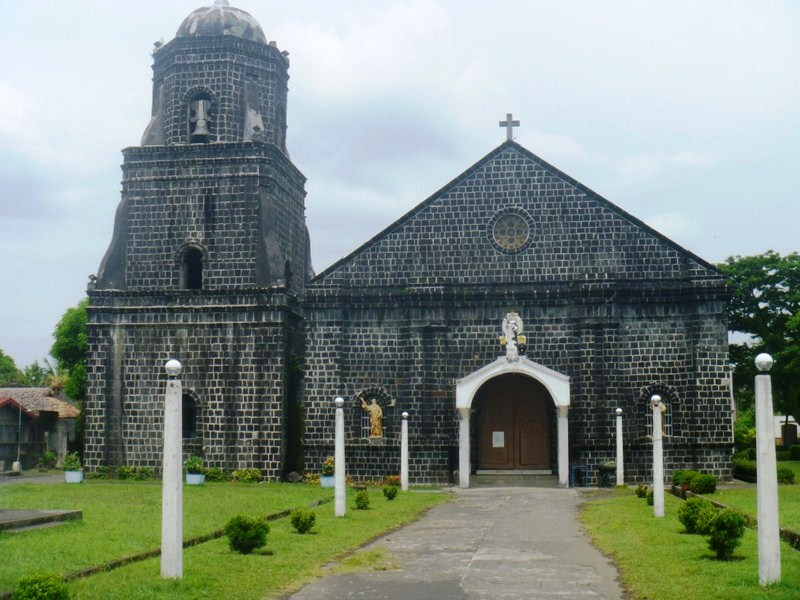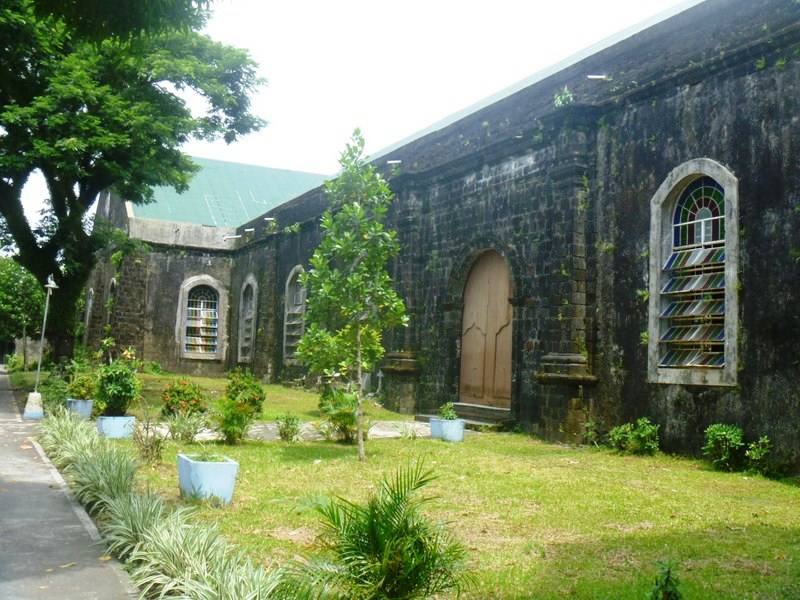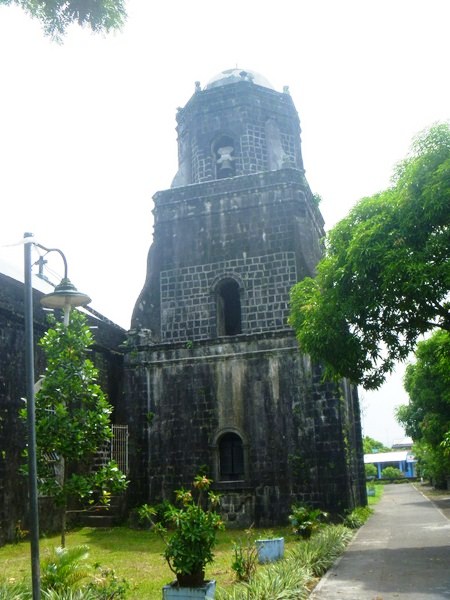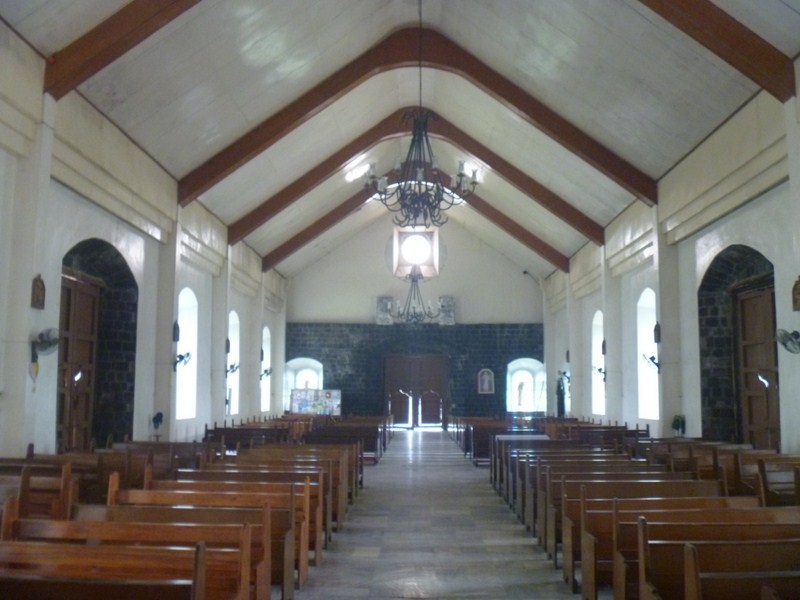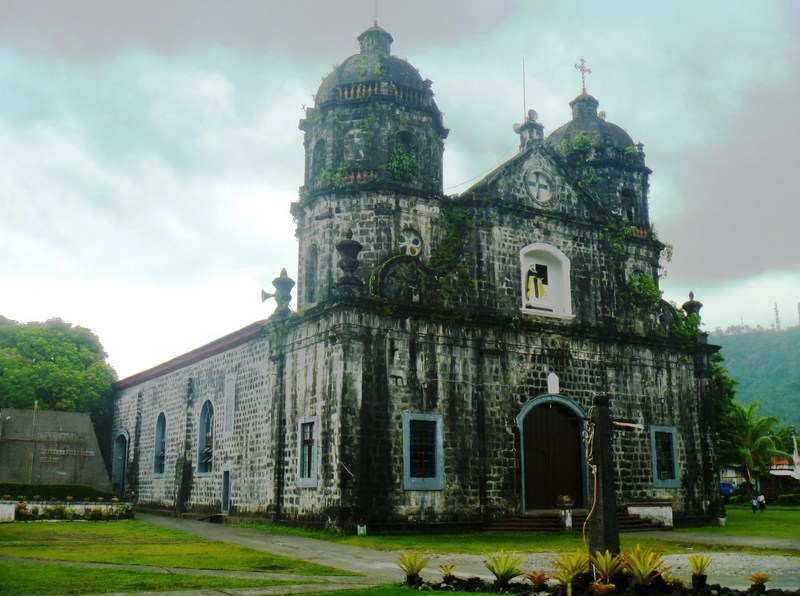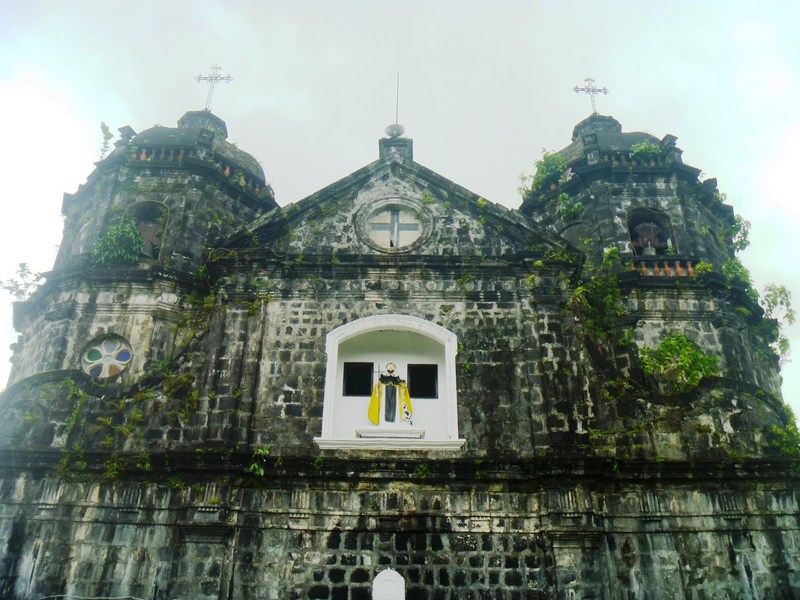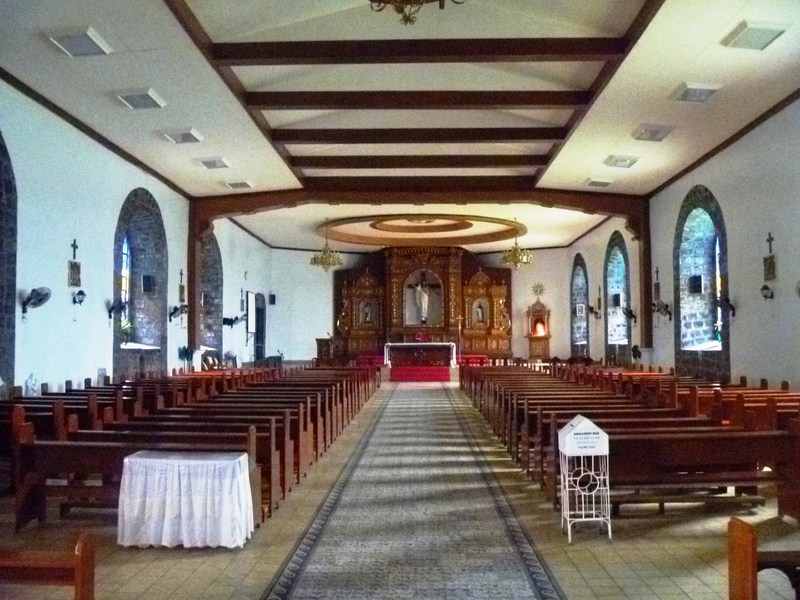From Viento de Mar Beach Resort, we made our way back to the Bacacay municipal hall where we our driver and the Isuzu Crosswind was waiting to bring Bernard and I to the 5-hectare, Class “AAA” Misibis Resorts, Estate and Spa. Opened in late 2009, this resort is located on the southeastern tip of Cagraray Island and is being touted as the “Boracay of Bicol.” The island itself is an eco-tourism destination with rich limestone deposits, waterfalls and 28 caves (ancient burial jars were found in 2 of these caves). Joining us as guide was Mr. Patricio Bechayda, the Fishery Law Enforcement Team (FLET) officer of Bacacay.
| Sula Channel |
This 71-sq. km., low island is a 20-km. (45-min.) drive from the town. The fine, white sand Misibis Beach (Brgy. Misibis), one of the town’s 11 white sand beaches, is located on the island’s southeast corner. From the mainland, we crossed over the narrow Sula Channel to the island via the newly-built, 2-lane Sula Delta Bridge. Built at a cost of PhP150 million, this bridge is 265 m. long, has 5 spans and was built with modular steel paneling (Delta) with steel decking. Prior to its construction, motorized bancas and cable cars on a hill, both used to transport people, and barges (for cars) were used to cross over to the island. During bad weather, the placid Sula Channel was used in olden times as a sanctuary by Acapulco (Mexico)-bound galleons.
| Sula Delta Bridge |
Past the bridge, the road is lined with eco-friendly solar cell-powered street lamps. Along the way, we made a short stopover at a covered concrete view deck with a fantastic view of Lagonoy Gulf and the islands of Rapu-Rapu, San Miguel and Agutaya. We also passed a roadside fishpond with 3 native-style cottages raised on stilts, all connected to the shore by a wooden footbridge.
| Bernard and Mang Patricio at the view deck |
| View of the islands of Lagonoy Gulf |
We didn’t have time and the permit (the resort charges a substantial entrance fee) to explore the resort’s 37 luxurious, Asian-inspired villas, swimming pools and small beach. Instead, we dropped by the 100-hectare Misibis Bay Eco-Park, part of the Misibis Bay Complex just adjacent to and outside the perimeter fence of the beachfront property.
| The Eco-Park’s Information Hut |
Past its gate is the Information Hut (with its man-made waterfall) and the picturesque, open-air mini-amphitheater, perched on the edge of a cliff, with its stunning backdrop of a shimmering bay and its surrounding greenery. The amphitheater was featured in the 5th leg, Philippine pit stop of the 4th season of The Amazing Race Asia which was won by a team from the Philippines. It was also a shooting venue for the telenovela Dulo ng Walang Hanggang.
| The mini-amphitheater |
Further up the hill is the Eco-Energy Park Adventure Zone. It has 4 different zip lines, an obstacle course and a towering climbing wall for adrenaline junkies. Each zip line differs from the other in length, speed, duration and view. However, all are exclusively for the use of resort guests.
| The Adventure Zone |
Eco-Energy Park Adventure Zone: open Mondays to Fridays, 8-11 AM and 1-5 PM; Saturdays, 8-11 AM and 1-3 PM. Holidays by special arrangement. Admission: PhP25/pax.

